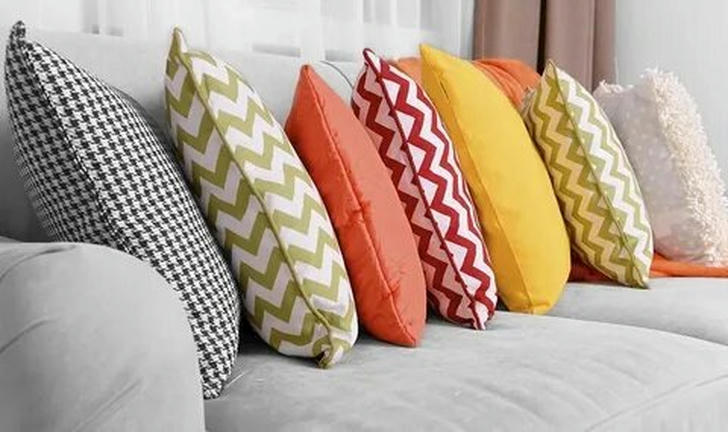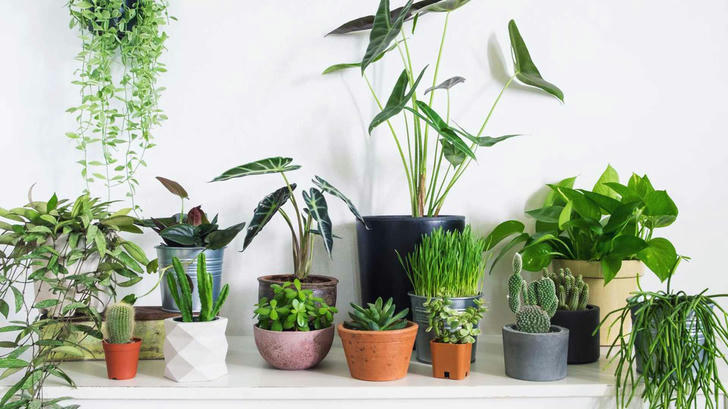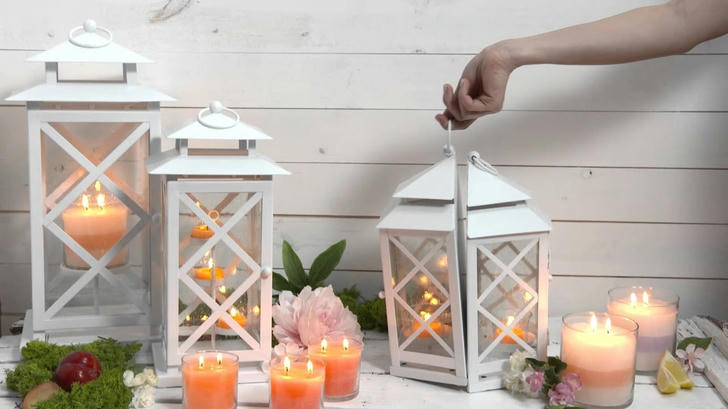Transform Your Wooden Home into a Rustic Retreat with These Design Tips
A wooden home offers a unique blend of natural beauty and warmth, but to truly transform it into a rustic retreat, the right design elements are essential. Whether you’re working with a log cabin or a traditional wooden home, incorporating rustic furniture, decorations, and design elements will help create a cozy and inviting atmosphere. In this article, we will explore actionable tips to help you turn your wooden home into a rustic haven that’s both stylish and functional.

1. Embrace Natural Wood Finishes
One of the defining features of rustic design is the celebration of natural wood finishes. The grain and texture of wood can add warmth and character to your home. When designing a rustic retreat, the type and finish of wood used in furniture and structural elements should be a focal point.
How to Implement:
•Wood Flooring: Opt for wide-plank hardwood floors with a natural finish. The rich tones of oak, maple, or reclaimed wood can create a rustic charm. Avoid overly polished or glossy finishes—matte or satin finishes will provide a more authentic, weathered look.
•Wood Walls and Ceilings: Exposed wooden beams or shiplap paneling are classic elements in rustic design. In the living room or kitchen, installing reclaimed wood paneling on one accent wall can make a striking statement. For the ceiling, exposed wooden beams or tongue-and-groove wood panels enhance the rustic atmosphere.
Why It Works:
Natural wood not only enhances the visual appeal of your home but also connects it to the surrounding environment. The organic textures of wood provide a grounding effect, adding to the overall warmth and comfort of the space.
2. Incorporate Rustic Furniture
Rustic furniture is the backbone of any rustic retreat. It’s often made from raw materials like reclaimed wood, iron, or leather, offering a sense of rugged durability and timeless style.
How to Implement:
•Reclaimed Wood Tables: A reclaimed wood dining table is a great centerpiece for your rustic dining room. Choose a piece with visible knots and imperfections to showcase the natural beauty of the wood. Pair it with a mix of wooden and upholstered chairs to balance comfort and rustic aesthetics.
•Leather Sofas and Chairs: Opt for leather seating with a weathered, distressed finish. A leather sofa or armchair can complement the rugged wooden furniture and add a luxurious touch while still maintaining a cozy and inviting feel.
•Rustic Bed Frames: For the bedroom, consider a handcrafted wooden or wrought-iron bed frame with a live-edge headboard. This simple but bold piece can make the room feel grounded and connected to nature. Why It Works:
Rustic furniture provides functional style that can withstand wear and tear, making it ideal for a relaxing retreat. These pieces also help create an organic, lived-in atmosphere, encouraging relaxation and comfort.
3. Add Soft Textures with Pillows and Throws
While wooden furniture creates a rustic base, soft textures are crucial for making your home feel cozy and inviting. Pillows, throws, and rugs soften the hard surfaces of wood and create a layered, warm environment.

How to Implement:
•Throw Blankets and Pillows: Layer textured throw blankets and pillows on sofas, chairs, and beds. Wool, cotton, and linen are great materials that add texture and warmth. Use earth tones like deep greens, browns, and grays to complement the wood tones of the room.
•Rugs: A wool or jute rug can anchor a seating area or dining space. Natural fiber rugs work well with wooden floors and add texture without overwhelming the space. Opt for patterns such as plaid, tartan, or geometric designs to enhance the rustic feel.
•Sheepskin or Faux Fur: A sheepskin rug or faux fur throws on chairs or benches can provide extra comfort while adding a luxurious rustic touch.
Why It Works:
Textiles create contrast and balance in a wooden home. They add warmth, comfort, and a sense of coziness that is essential for a rustic retreat. Soft, natural fabrics also enhance the tactile experience of your home.
4. Use Neutral and Earthy Colors
The color palette you choose for your rustic retreat should reflect the natural world. Neutral, earthy colors help create a serene, peaceful environment and highlight the natural beauty of the wood and other materials.
How to Implement:
•Wall Colors: Stick to warm, muted tones such as beige, taupe, soft gray, or cream for the walls. These colors will allow the wood and other natural elements to take center stage without clashing. Accent walls in darker shades like forest green or deep brown can create a cozy atmosphere.
•Textiles and Accessories: When selecting curtains, pillows, and rugs, opt for earth-toned hues, including olive green, terracotta, mustard yellow, or warm brown. These shades tie the room together and complement the natural wood.
Why It Works:
Earthy colors foster a tranquil atmosphere, promoting relaxation and connection to nature. These colors are timeless and flexible, allowing you to change up your décor over time while maintaining a consistent rustic vibe.
5. Add Natural Elements and Greenery
To complete the rustic look and feel, bring the outdoors in by adding natural elements and greenery to your wooden home. Plants, stone accents, and natural materials like jute and cotton further connect the space to nature and enhance the rustic ambiance.

How to Implement:
•Indoor Plants: Incorporate large, leafy plants like ferns, palms, or snake plants. Place them in rustic pots made from terracotta, wood, or metal. Hanging planters can also add dimension and interest to walls.
•Stone Accents: Integrate stone or stone-like materials in your home’s design. A stone fireplace or a stone feature wall in the living area can create a rugged, earthy feel. You could also use stone sculptures or decorative stones for smaller, decorative touches.
•Natural Wood Accessories: Wooden bowls, trays, and picture frames can bring additional warmth to the space. Consider using driftwood or branches as wall hangings or shelf decor.
Why It Works:
Natural elements such as plants, stones, and wood bring life to your rustic retreat. They make the space feel fresh, organic, and more connected to the surrounding environment, enhancing the overall comfort and warmth of the home.
6.Warm Lighting Fixtures

Lighting plays a critical role in creating a warm and inviting atmosphere. In a rustic home, lighting should be soft and ambient to create a cozy, intimate setting.
How to Implement:
•Pendant Lights: Install pendant lights with rustic metal or wooden finishes over dining areas or kitchen islands. Choose lights with dimmers to control the mood of the room.
•Table and Floor Lamps: Use table lamps with linen shades or vintage-style metal lamps to add a warm glow to your living or bedroom spaces.
•Candles and Lanterns: Add candles in wrought-iron or wooden candle holders throughout the home for soft, ambient lighting. Lantern-style lights can add a rustic charm to outdoor spaces or porches.
Why It Works:
Soft, warm lighting enhances the cozy and relaxing atmosphere of a rustic retreat. The right lighting can highlight the beauty of your wooden furniture and architectural details while creating a peaceful ambiance.
Conclusion
Transforming your wooden home into a rustic retreat requires careful attention to design details that emphasize natural beauty, comfort, and warmth. By embracing natural wood finishes, incorporating rustic furniture, adding soft textures, using earthy colors, integrating greenery, and using warm lighting, you can create a space that feels grounded, inviting, and timeless. Whether you’re working with a cabin or a traditional wooden house, these design tips will help you achieve a rustic retreat that promotes relaxation, comfort, and a deep connection to nature.
